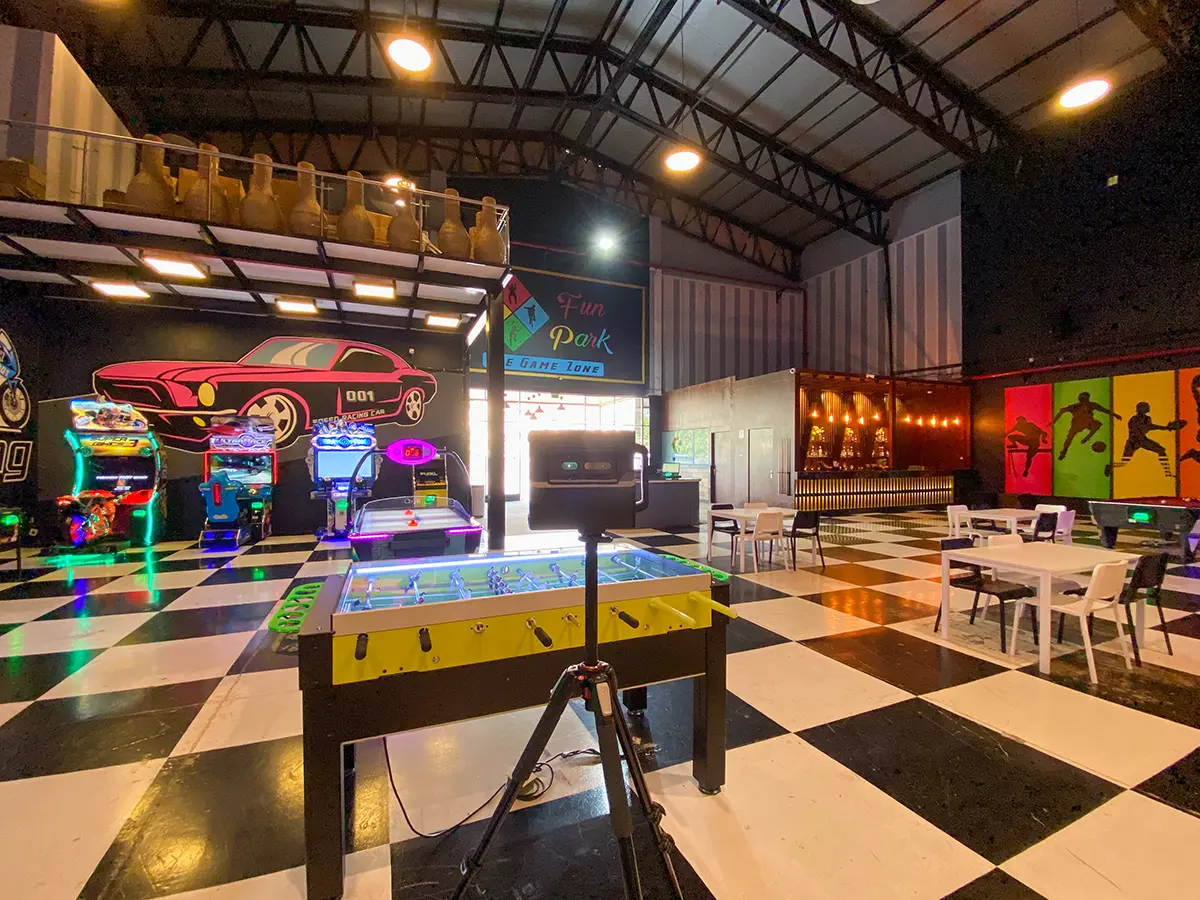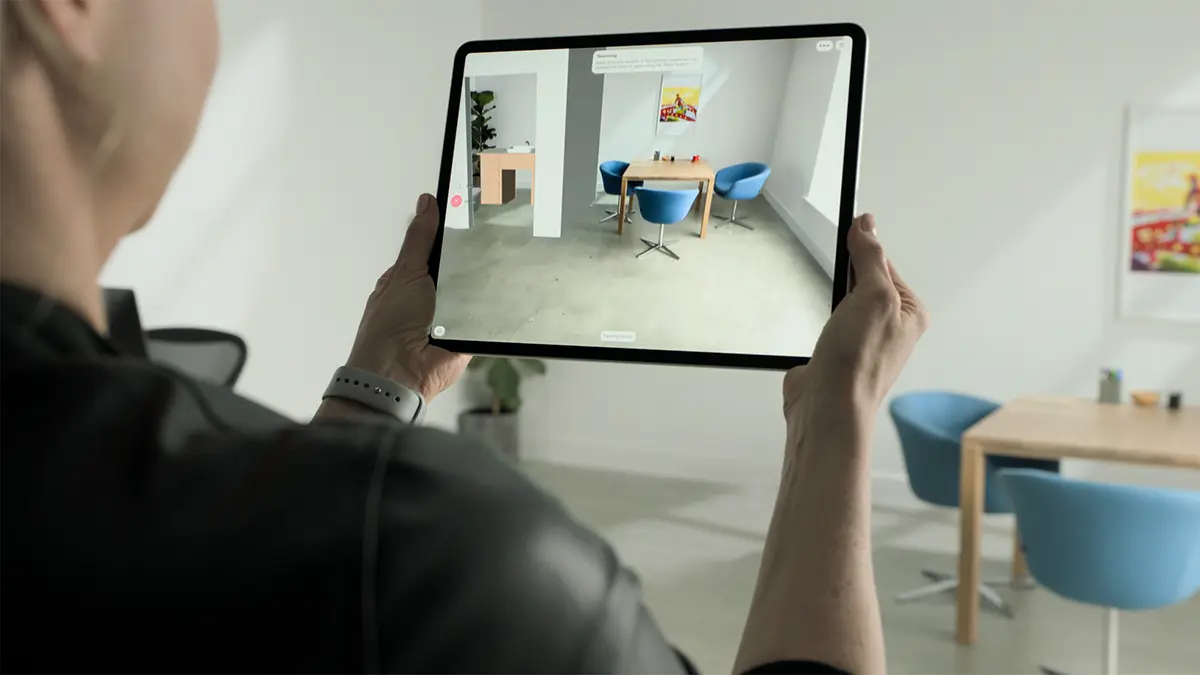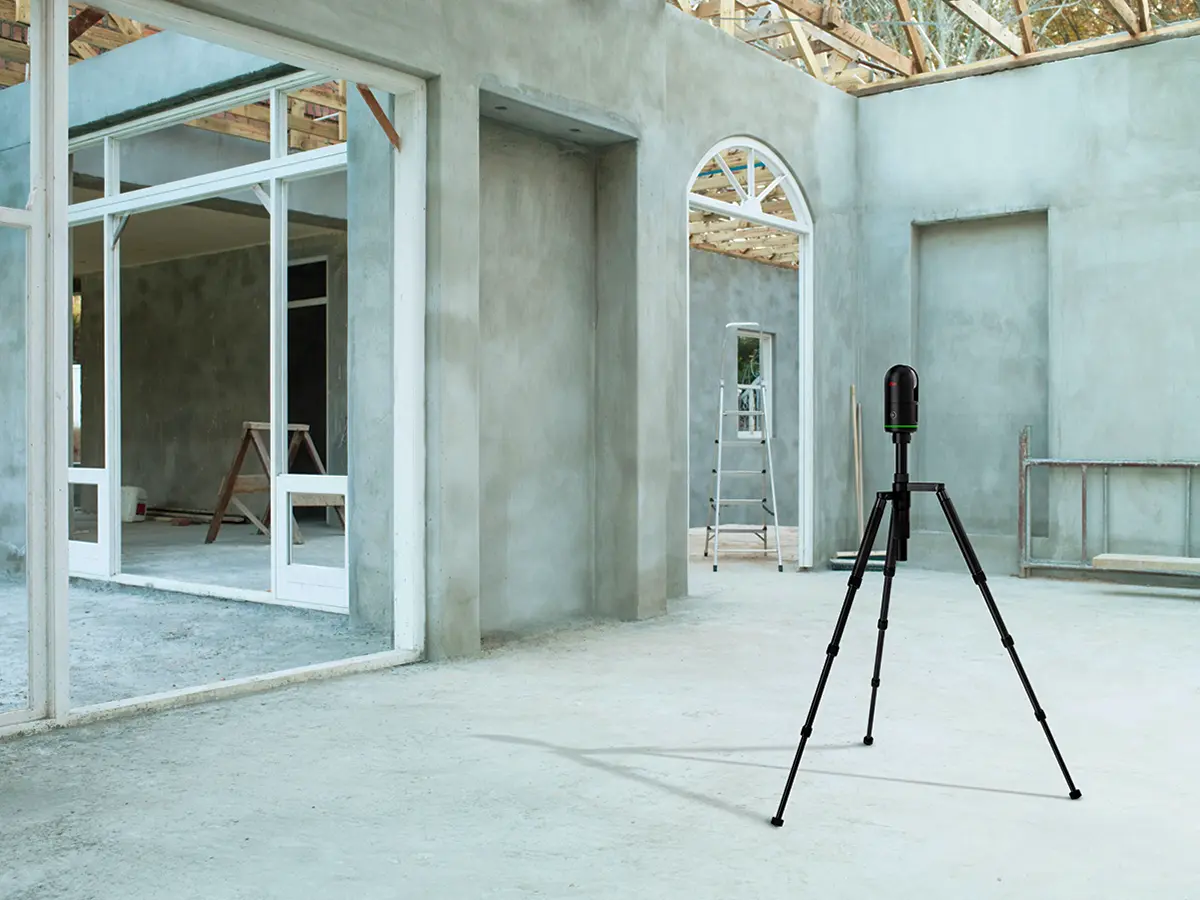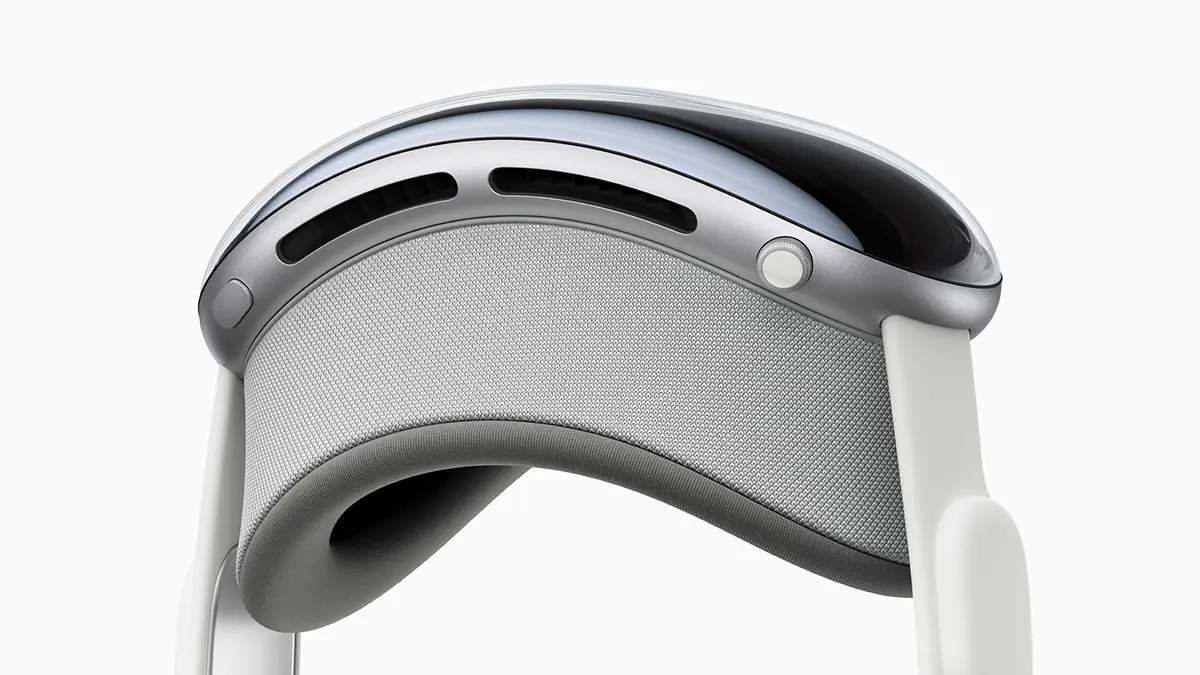
You’ve probably clicked through a real estate tour or explored a museum from your laptop. And if you’re curious, you might have wondered, “How is that made? Could I do it?” The answer is yes, you absolutely can. What once required expensive equipment is now possible with the most powerful tool you already own: your smartphone.
This guide is your starting point. We'll walk through how to create your very first 3D model, understand the technology, and even use your new skills to help your community. Let's begin.
Start with What You Have: Your Smartphone
Before you think about buying any gear, the best place to learn is with your phone. The Matterport Capture app (available for iOS and Android) is a free piece of software that turns your device into a powerful 3D scanner.
It works by using your camera to take a series of pictures. Behind the scenes, Matterport's "Cortex AI" engine analyzes these 2D images to figure out their exact position in 3D space, stitching them together into a walkable model. If you have a newer iPhone or iPad with a LiDAR sensor, it can also actively map a room's depth for even better accuracy.

Your First Project: Scan Your Room
Here’s a simple, hands-on way to start.
- Tidy Up: Clean your room a bit. A clear space makes for a better scan.
- Open the App & Scan: Follow the on-screen instructions. The key is to pivot your body smoothly in place for each scan point, as if you were a tripod. Avoid walking around in circles.
- Upload and Process: Once you're done, upload the scan to Matterport's cloud. It will take a few hours to process.
- Share It! When your 3D tour is ready, share the link with your friends and family. Ask them what they think. Does it feel easy to navigate? Is it well-lit? Their feedback is the most valuable tool you have for improving.
Ready for the Next Level? 360° Cameras
Once you’ve done a few scans with your phone and are getting the hang of it, you might want to improve your image quality. This is where a compatible 360° camera comes in, and the Ricoh Theta series is a popular choice for creators.
A 360° camera captures a full spherical image in a single shot, which makes the scanning process much faster and produces a more consistent, professional-looking result. For example, the Ricoh Theta Z1 on Amazon.in is fully compatible with Matterport and serves as a fantastic middle-ground between your smartphone and the high-end professional gear.
Understanding the Professional's Toolkit
As you explore this field, you'll see incredibly detailed virtual tours of large commercial spaces. These are typically created with specialized cameras like the Matterport Pro2 and Pro3.
These cameras are different because they have a superpower: active depth sensors. They don't just see the world; they actively measure it using infrared (on the Pro2) or LiDAR (on the Pro3). This is what creates that precise, iconic "dollhouse" view and allows for accurate measurements within the 3D model.
Looking at this pro gear isn't about feeling like you need to own it. It's about understanding the principles. The skills you are learning right now—how to choose a logical scan path, how to light a room well, and how to move steadily—are the *exact same fundamentals* that professionals use with their expensive equipment. Master the skill first, and you'll be able to create great work with any tool.
A Matterport Pro2 Example
To see what this professional equipment can produce, check out the digital twin below. This tour of a senior living community in Hyderabad was made with the Matterport Pro2. You'll notice the high-resolution images it produces. This kind of photo quality is particularly useful for publishing to Google Street View, because it gives the property owner a permanent, high-quality digital copy without needing to pay Matterport's hosting fees.
Where This Technology is Going: Engineering and Beyond
The skills of 3D scanning open up a world far beyond virtual tours. At the highest level, engineering-grade scanners from companies like Leica, FARO, and Trimble are used to create "point clouds"—digital blueprints of the real world made of millions of measurement points.
This technology is quietly powering our world in fascinating ways:
- Movie Magic: When you see a CGI character interact with a real-world location in a blockbuster film, visual effects artists likely started with a point cloud of the set to blend fiction and reality perfectly.
- Crime Scene Forensics: Investigators use these scanners to digitally preserve a crime scene, allowing them to analyze evidence and reconstruct events in 3D with millimeter-level accuracy.
- Digital Preservation: At-risk historical sites are being scanned and preserved as perfect digital replicas, safeguarding our cultural heritage for future generations.

The Immersive Future You're Building
The models you create are the building blocks for the next evolution of the internet. The global AR/VR market is growing rapidly, and hardware like the Apple Vision Pro is designed specifically to experience this 3D content in a fully immersive way. The digital twin you scan of your classroom today could one day be a virtual space where people from all over the world meet and learn. You’re learning the skills to build the future.

Use Your New Skill for Good
Now that you understand the basics, you have a valuable skill. It's a powerful feeling, and you can use it to make a real, positive impact in your community.
Become a Google Local Guide
The 360° photos from a consumer camera can be uploaded directly to Google Street View. Every time you contribute, you're helping to update Google Maps, show off your town, and make it easier for people to discover local businesses. It's a fantastic way to build a public portfolio and become a recognized Google Local Guide.
Help a Cause You Care About
Think of a local non-profit, an animal shelter, or a community center that could use more visibility. A simple, clean virtual tour can be a game-changer for them, helping them attract volunteers and donors. Offer to create one for free. It’s a wonderful way to support a cause you believe in while building a real-world project for your portfolio.
The Golden Rule of Public Scanning: A Professional's Checklist
When you scan any space that isn't your own, it's essential to be respectful and professional. Here are the rules to follow:
- Always Get Permission: This is the most important step. Always ask the owner or manager before you begin.
- Scan During Off-Hours: Plan to scan early in the morning or after hours to avoid capturing people and interrupting business.
- Protect Privacy: Use the built-in blur tools in Matterport or other software to obscure any faces, license plates, or sensitive information you might accidentally capture.
Your Pro-Scanning Checklist
Ready to go? Whether you're scanning your room or helping a local café, keep these best practices in mind for a clean, navigable tour.
- Start at the Entrance: Begin your first scan at the main door and move logically through the space.
- Think Like a Grid: Move in straight, evenly spaced lines. This makes the final tour intuitive to walk through.
- Light It Up: Good lighting is everything. Scan during the day, turn on all the lights, and open the curtains.
- Respect the Space: Make sure your reflection isn't visible in mirrors. A common trick for bathrooms is to place the camera just below the main mirror.
Frequently Asked Questions
Can I make money with 3D scans from my smartphone?
Smartphone scans are a great way to learn and build a portfolio. While most professional jobs require specialized cameras like the Matterport Pro2 or Pro3 for their higher accuracy and image quality, mastering the skills on your phone is the perfect first step.
What’s the real difference between a 360° photo and a Matterport 3D model?
A 360° photo is like a static sphere that lets you look around from a single point. A Matterport 3D model is a complete "digital twin" that allows you to actually move through the space, with accurate geometry and depth.
Where can I get the Matterport app?
The Matterport Capture app is free to download on both the Apple App Store and Google Play Store.
How long does it take to complete a scan?
Using a smartphone, capturing a standard room typically takes 10–20 minutes. After uploading the scan data to Matterport's cloud, the processing to create your virtual tour can take a few hours, depending on the size and complexity of the space.